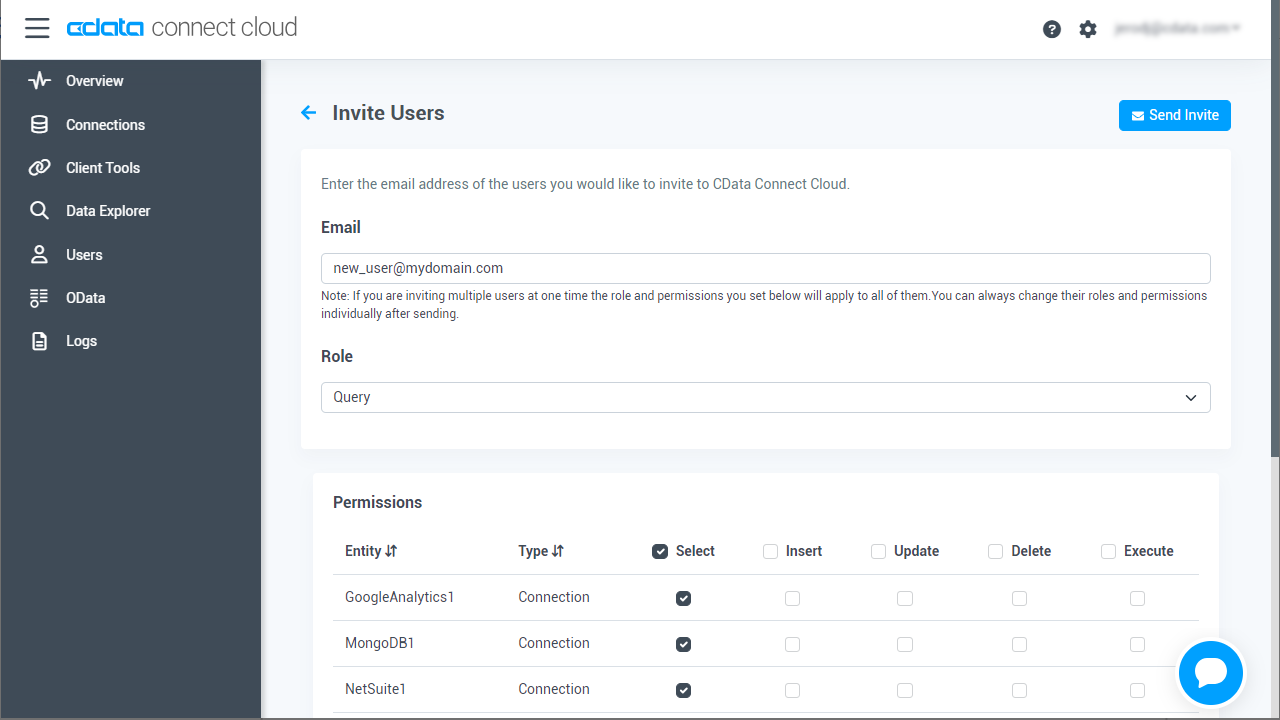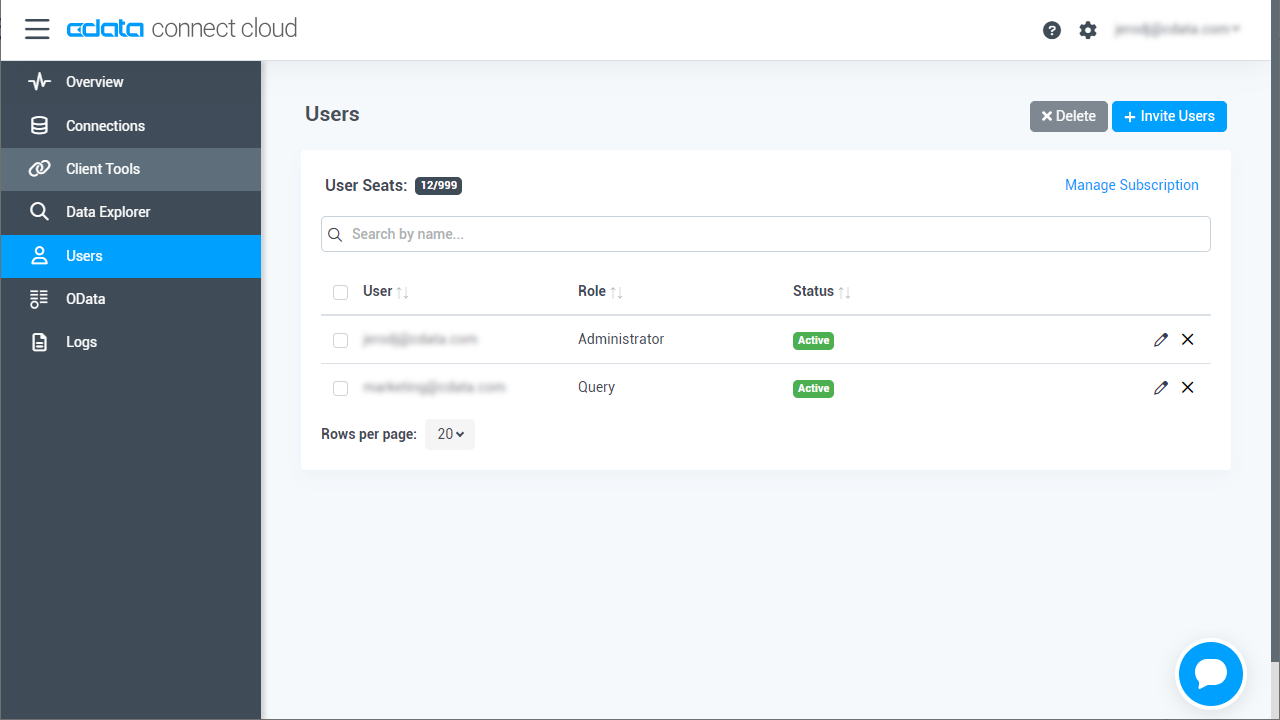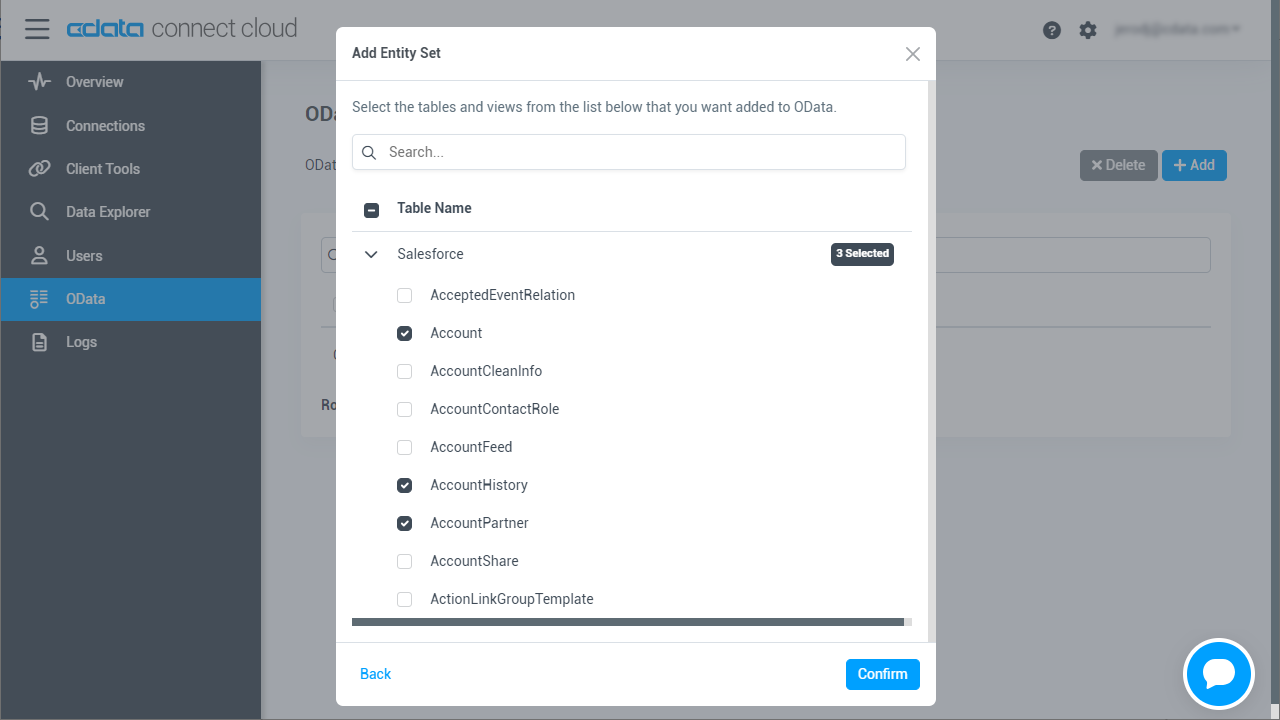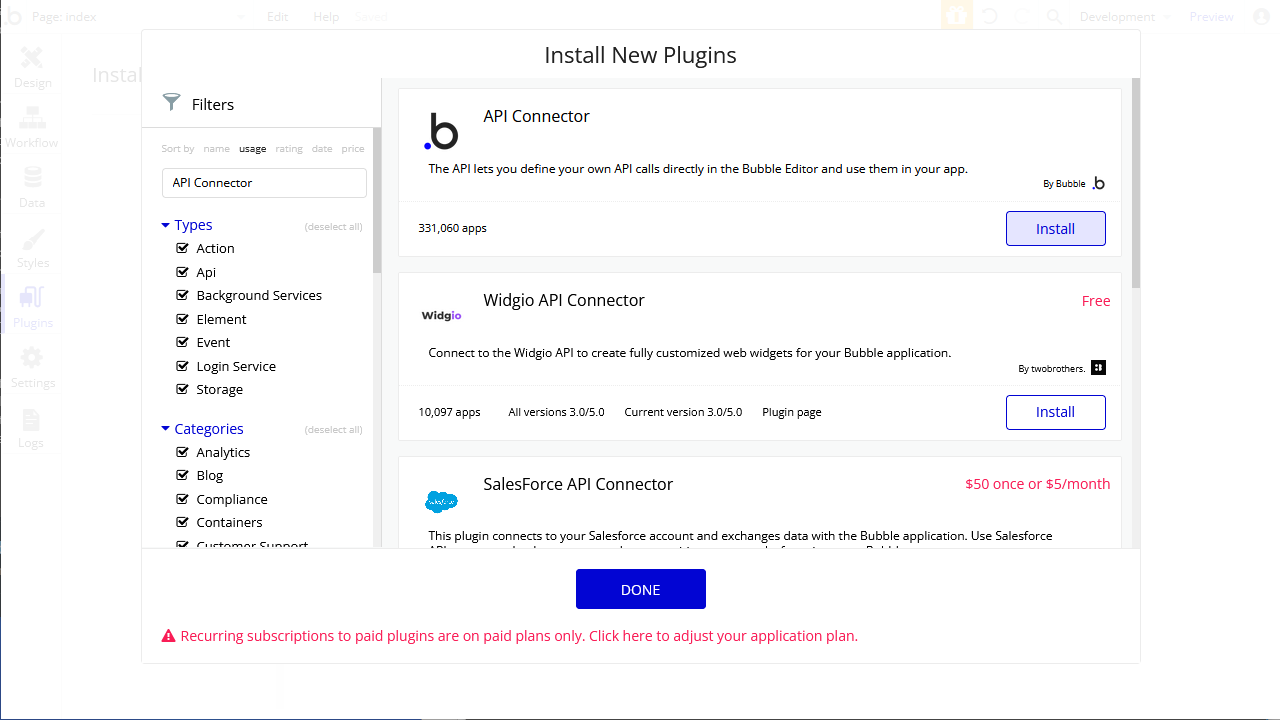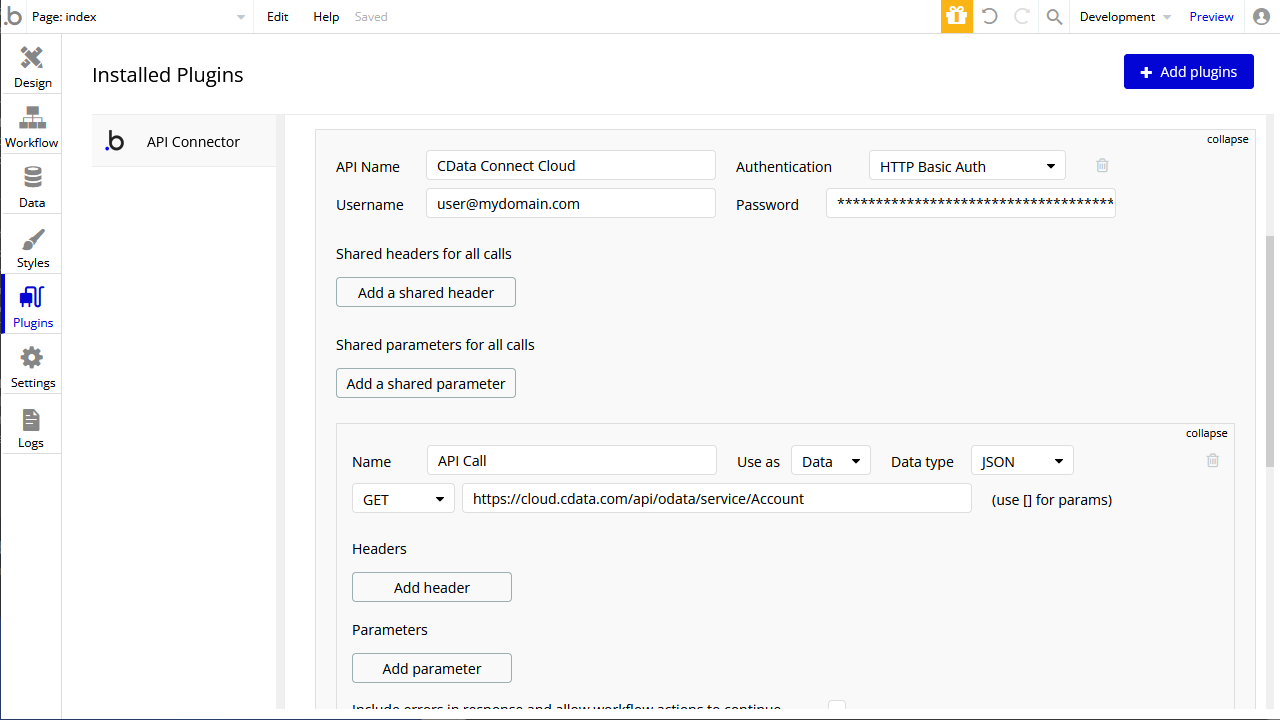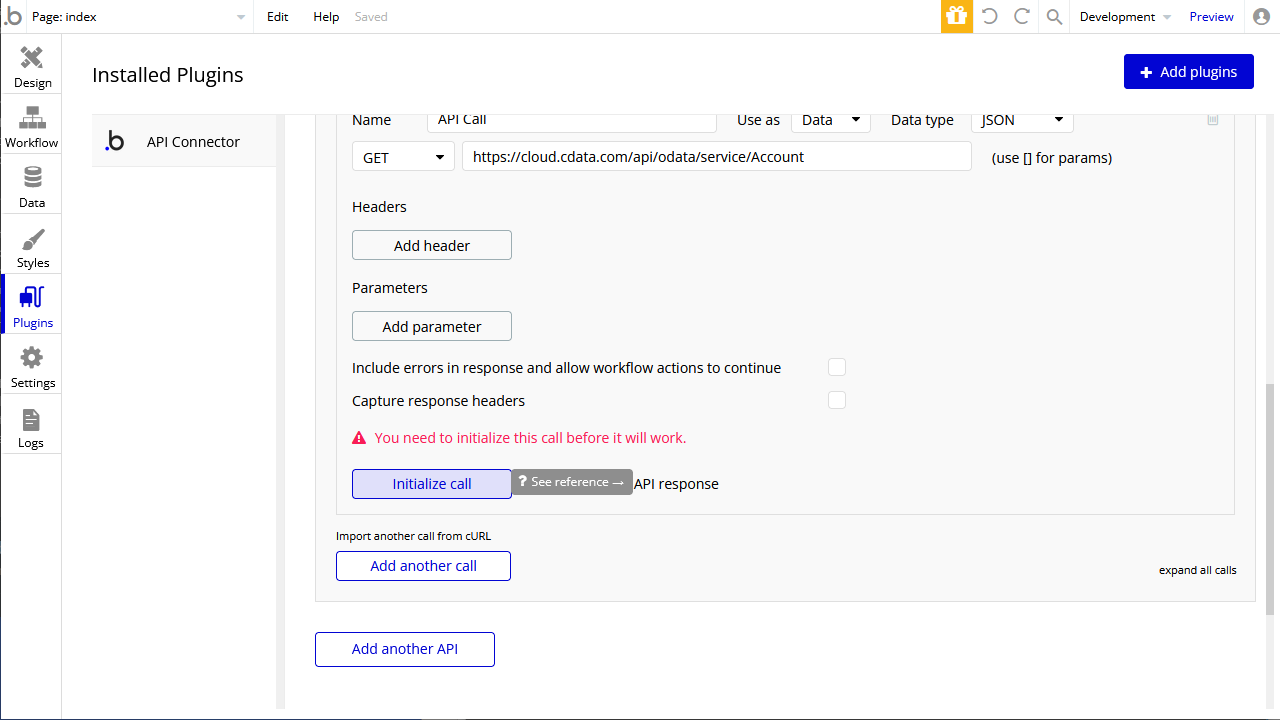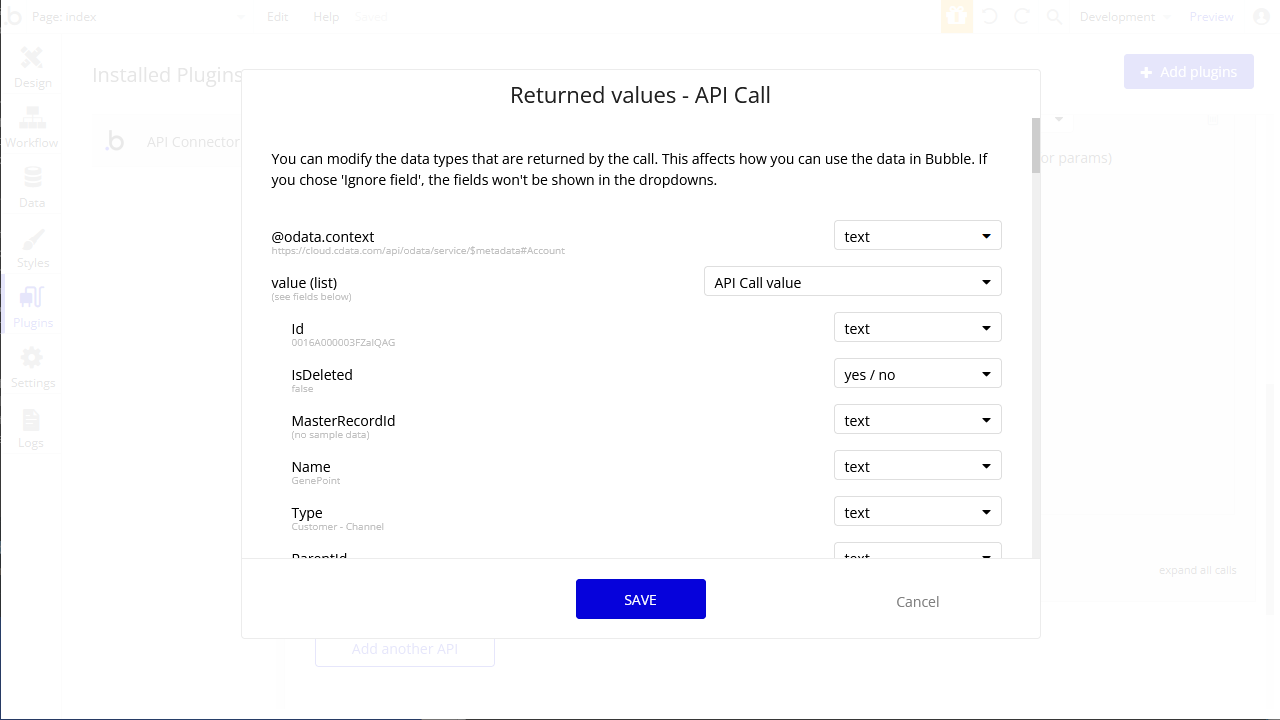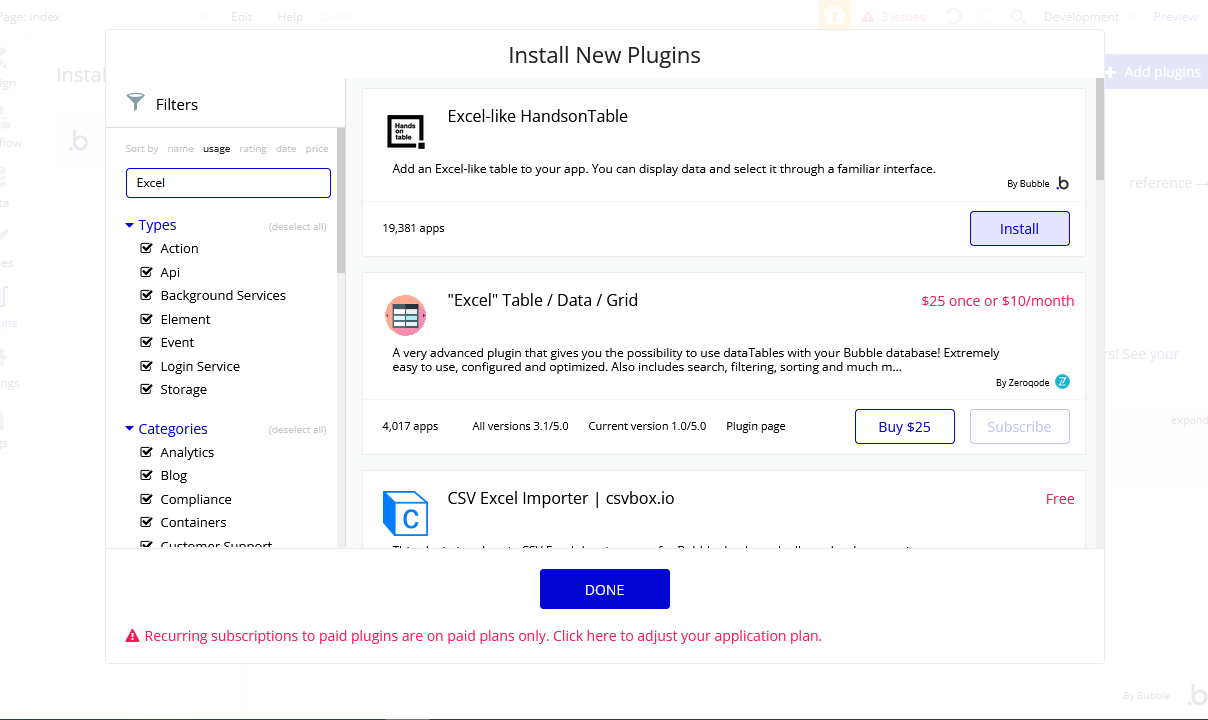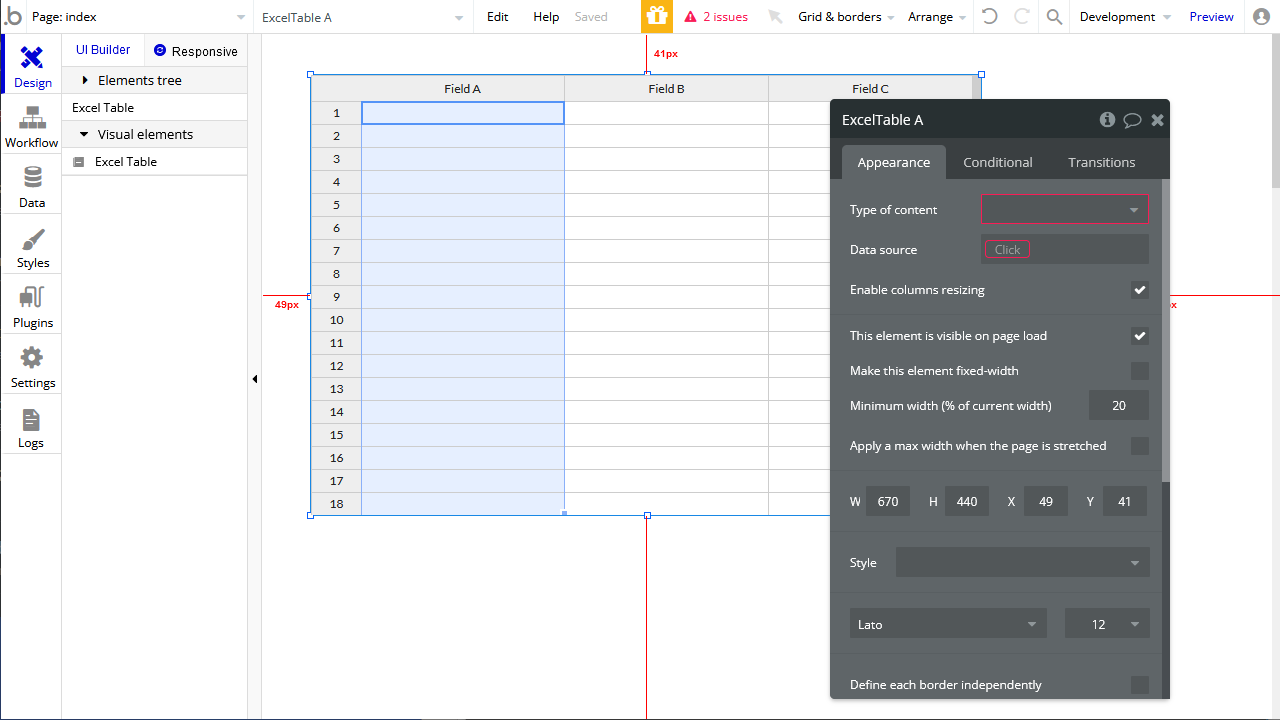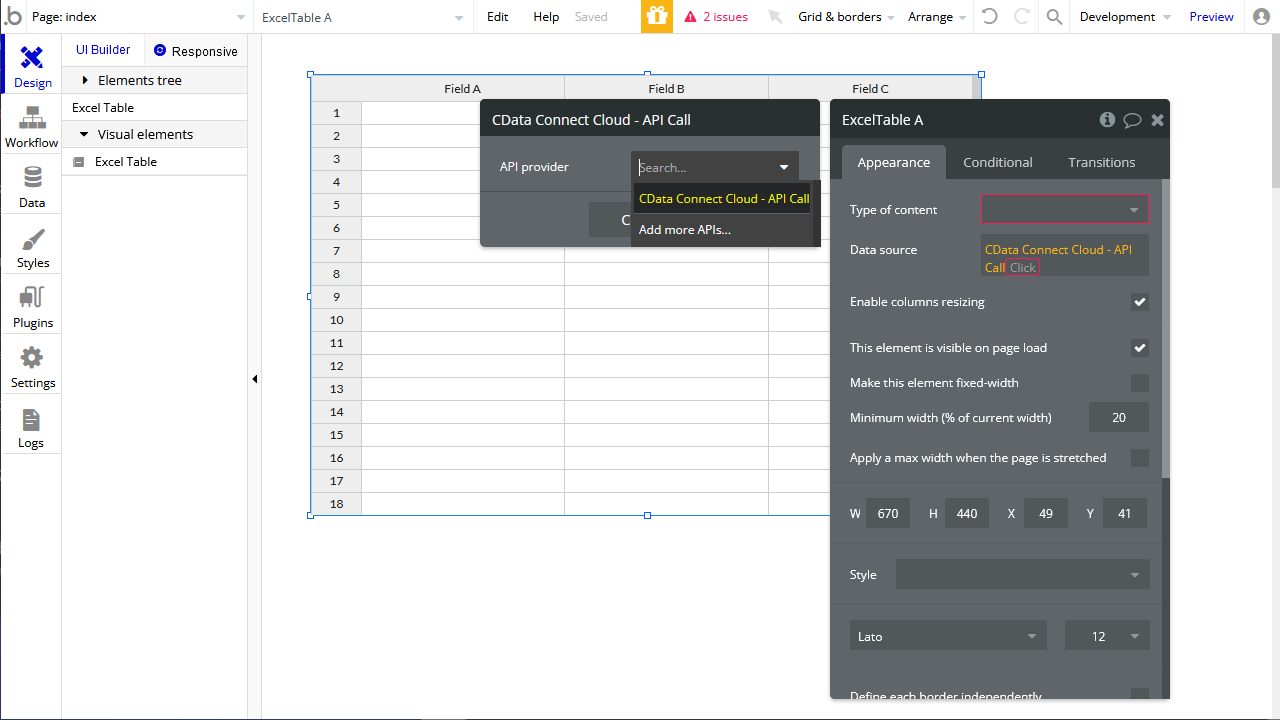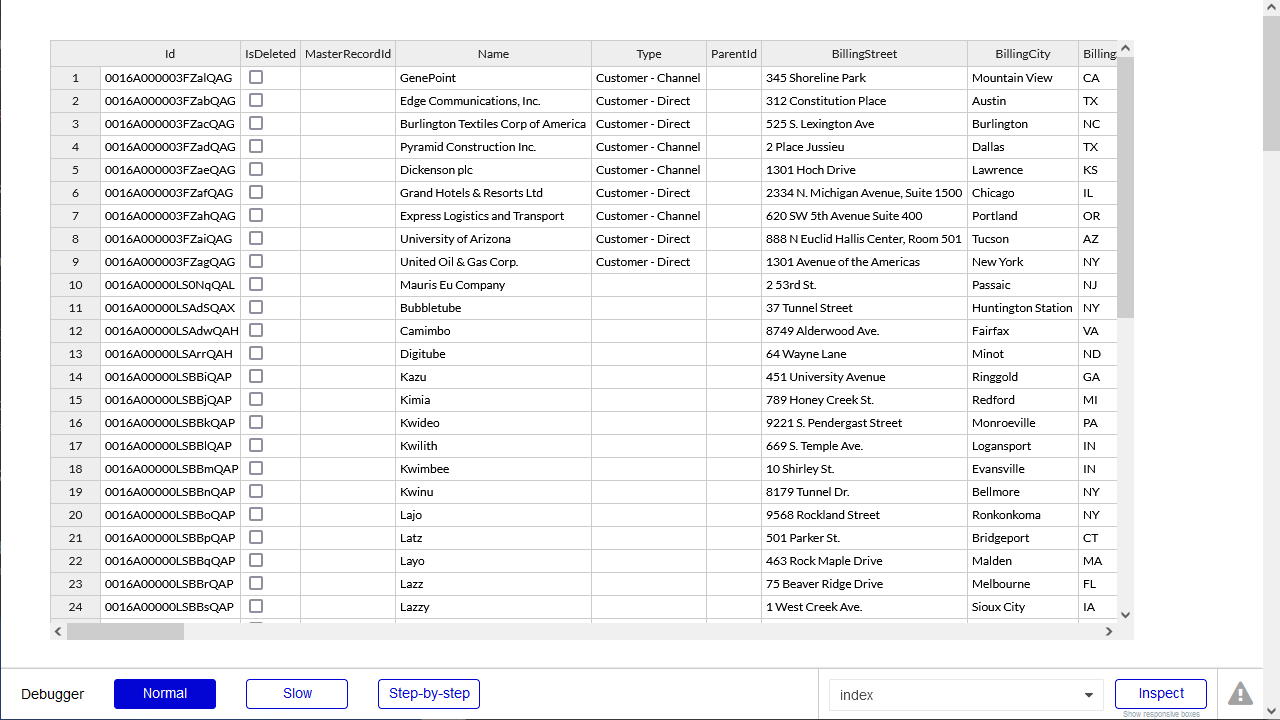Discover how a bimodal integration strategy can address the major data management challenges facing your organization today.
Get the Report →Build Adobe Commerce-Connected Apps in Bubble
Use CData Connect Cloud to create an OData feed for Adobe Commerce Data and create custom apps in Bubble.
Bubble is a no-code platform that simplifies the process of developing and launching apps and businesses. When coupled with CData Connect Cloud, you gain effortless no-code access to Adobe Commerce data for streamlined app development. This article guides you through the integration process from Bubble to Adobe Commerce using CData Connect Cloud.
CData Connect Cloud provides a pure cloud-to-cloud OData interface for Adobe Commerce data that allows you to integrate from Bubble to Adobe Commerce data in real time.
Connect to Adobe Commerce from Bubble
To work with Adobe Commerce data from Bubble, we need to connect to Adobe Commerce from Connect Cloud, provide user access to the connection, and create OData endpoints for the Adobe Commerce data.
(Optional) Add a New Connect Cloud User
As needed, create Users to connect to Adobe Commerce through Connect Cloud.
- Navigate to the Users page and click Invite Users
- Enter the new user's email address and click Send to invite the user
![Inviting a new user]()
- You can review and edit users from the Users page
![Connect Cloud users]()
Add a Personal Access Token
If you are connecting from a service, application, platform, or framework that does not support OAuth authentication, you can create a Personal Access Token (PAT) to use for authentication. Best practices would dictate that you create a separate PAT for each service, to maintain granularity of access.
- Click on your username at the top right of the Connect Cloud app and click User Profile.
- On the User Profile page, scroll down to the Personal Access Tokens section and click Create PAT.
- Give your PAT a name and click Create.
![Creating a new PAT]()
- The personal access token is only visible at creation, so be sure to copy it and store it securely for future use.
Connect to Adobe Commerce from Connect Cloud
CData Connect Cloud uses a straightforward, point-and-click interface to connect to data sources.
- Log into Connect Cloud, click Connections and click Add Connection
![Adding a Connection]()
- Select "Adobe Commerce" from the Add Connection panel
![Selecting a data source]()
-
Enter the necessary authentication properties to connect to Adobe Commerce.
Adobe Commerce uses the OAuth 1 authentication standard. To connect to the Adobe Commerce REST API, you will need to obtain values for the OAuthClientId, OAuthClientSecret, and CallbackURL connection properties by registering an app with your Adobe Commerce system. See the "Getting Started" section in the help documentation for a guide to obtaining the OAuth values and connecting.
You will also need to provide the URL to your Adobe Commerce system. The URL depends on whether you are using the Adobe Commerce REST API as a customer or administrator.
Customer: To use Adobe Commerce as a customer, make sure you have created a customer account in the Adobe Commerce homepage. To do so, click Account -> Register. You can then set the URL connection property to the endpoint of your Adobe Commerce system.
Administrator: To access Adobe Commerce as an administrator, set CustomAdminPath instead. This value can be obtained in the Advanced settings in the Admin menu, which can be accessed by selecting System -> Configuration -> Advanced -> Admin -> Admin Base URL.
If the Use Custom Admin Path setting on this page is set to YES, the value is inside the Custom Admin Path text box; otherwise, set the CustomAdminPath connection property to the default value, which is "admin".
![Configuring a connection (Salesforce is shown)]()
- Click Create & Test
- Navigate to the Permissions tab in the Add Adobe Commerce Connection page and update the User-based permissions.
![Updating permissions]()
Add Adobe Commerce OData Endpoints in Connect Cloud
After connecting to Adobe Commerce, create OData Endpoints for the desired table(s).
- Navigate to the OData page and click Add to create new OData endpoints
- Select the Adobe Commerce connection (e.g. Adobe Commerce1) and click Next
- Select the table(s) you wish to work with and click Confirm
![Selecting Tables (Salesforce is shown)]()
With the connection and OData endpoints configured, you are ready to connect to Adobe Commerce data from Bubble.
Build a Adobe Commerce-Connected App
With OData endpoints added to Connect Cloud, you can build an app in Bubble with live access to Adobe Commerce data.
Configure the Bubble API Connector
To start, Configure the API Connector for accessing CData Connect Cloud from Bubble.
- In your app, click the Plugins tab and click Add plugins
- Search for "API Connector" and click Install
![Installing the API Connector plugin]()
- After installation, click the "Add another API" button and configure the API:
- Name the API
- Set Authentication to "HTTP Basic Auth"
- Set Username to a Connect Cloud user (e.g. user@mydomain.com)
- Set Password to the PAT for the above user
- Expand the API Call, select the "GET" command and set the URL to an OData endpoint you previously configured (e.g. https://cloud.cdata.com/api/odata/service/Products)
![Configuring the API Call]()
- Click the "Initialize call" button to adjust data types in the response (as needed)
![Initializing the call]()
- After making any necessary changes, click "Save"
![Saving the data types]()
Configure the App UI
With the API Connector configure, you are ready to retrieve Adobe Commerce data in your Bubble app. In this article, we request the data with a UI component that can display an Excel-like table.
- On the Plugin tab, install the "Excel-like HandsonTable"
![Adding the Excel-like HandsonTable plugin]()
- On the Design tab, add an "Excel Table" to the workspace
![Adding an Excel Table to the app]()
- In the Excel Table, in Data source, select "Get data from an external API"
- Set Type of content to "API Call value"
- Set Data source to "CData Connect Cloud - API Call's value" (or equivalent)
![Binding the Excel Table to the API Call]()
- Click "Preview" to ensure the data was retrieved from Adobe Commerce.
![Previewing the app]()
At this point, you can develop applications with live access to Adobe Commerce data without needing to know the complexities of the back-end API.
Live Access to Adobe Commerce Data from Cloud Applications
Now you have a direct connection to live Adobe Commerce data from Bubble. You can create more Adobe Commerce-connected apps — all without writing any code or replicating Adobe Commerce data.
To get live data access to 100+ SaaS, Big Data, and NoSQL sources directly from your cloud applications, see the CData Connect Cloud.






